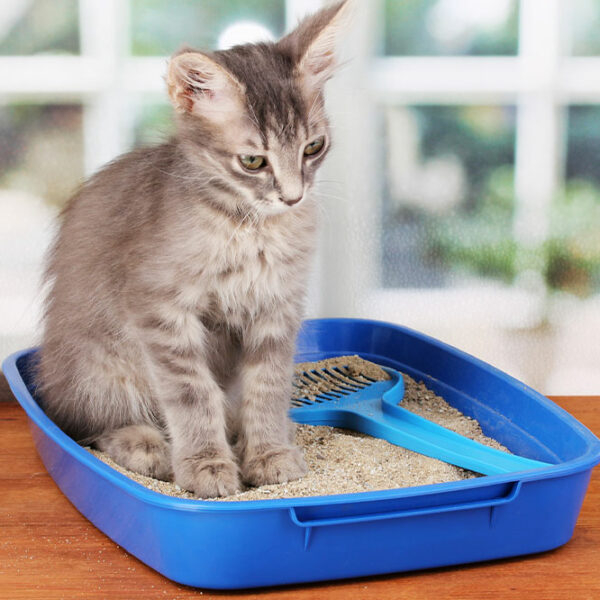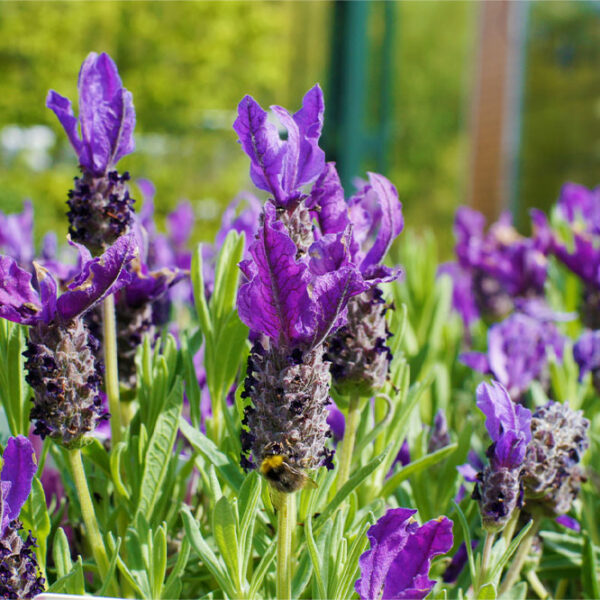
Types of cat litter and their effects on humans
One may have to deal with cat waste if they have a domesticated feline friend at home. Many pet owners prefer using cat litter as they are easy to clean the excreted waste. All pet cats are litter trained, meaning they will only pee or poop inside the cat litter placed in the house. As a pet parent, one must ensure that the litter box is cleaned at least twice daily to keep it germ-free. But are there any dangers to having cat litter? Let’s find out. While having a cat litter box at home may not expose humans to fatal dangers, cleaning the litter box may lead to health issues if one is not careful with this sanitation process. There are different types of litter. Therefore, one must know how to manage them as they can adversely affect human health in the long run. Clumping litter Clumping litter contains bentonite, a substance that allows the liquid to clump together. According to the Centers for Disease Control and Prevention (CDC), it is best if humans do not inhale or ingest this substance. Some of these clumping cat litters also contain silica, which has carcinogenic effects leading to an increased risk of lung cancer.









